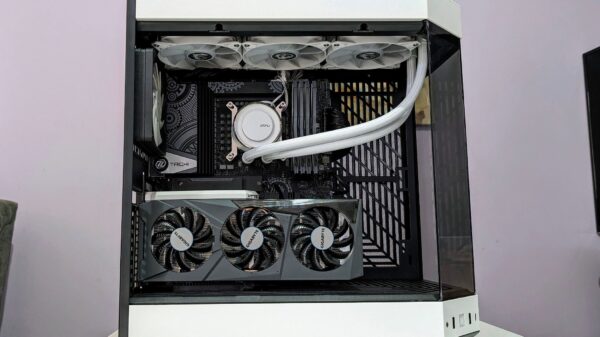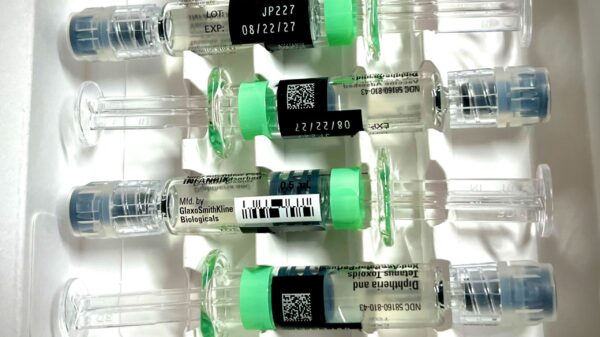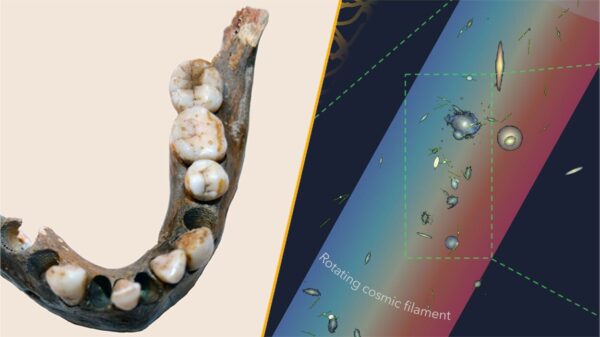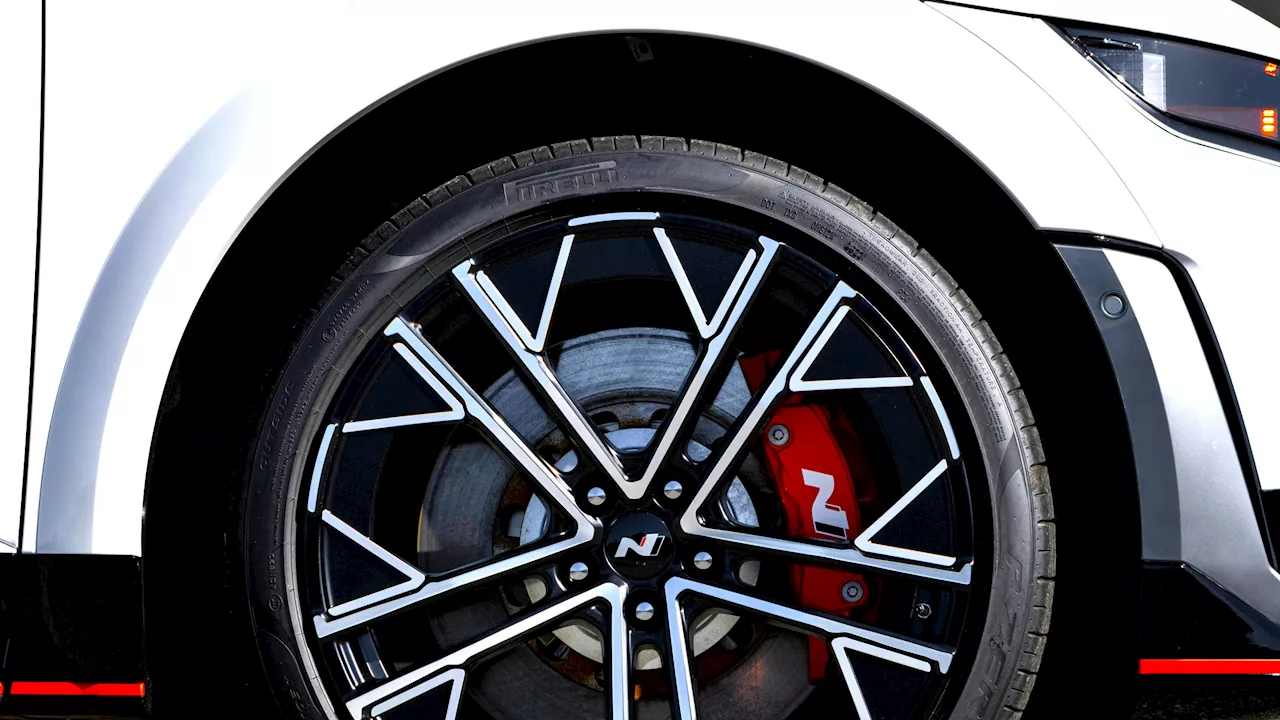Hyundai’s Ioniq 5 and Ioniq 5 N electric vehicles have recently been at the center of a debate regarding maintenance accessibility. Owners have discovered that replacing rear brake pads requires specialized tools and software, which can cost thousands of dollars. This revelation has sparked concerns among right-to-repair advocates who argue that such limitations infringe upon vehicle owners’ rights to maintain their cars independently.
For a Hyundai Ioniq 5 N owner, the journey to replace rear brake pads turned complicated. After a hard-driving experience on the track, the owner found that the rear pads needed replacement. However, he learned that to perform this task safely, he had to retract the electronic parking brake—a process that isn’t straightforward for the average DIY enthusiast.
High Costs and Limited Access
Hyundai’s Global Diagnostic System (GDS) is the standard tool required to retract the brake calipers, and it comes with a hefty price tag of approximately $6,000. Alternatively, owners can use the J2534 Diagnostic Tool, which costs around $2,000 for the necessary adapter. This tool is supported by Hyundai, as stated in documentation obtained by TheDrive. Although the software to operate the J2534 tool is available for around $60 per week, it requires National Automotive Service Task Force (NASTF) authentication and a constant internet connection.
Only certified repair shops and professionals can access the required software, placing an additional hurdle in the path of independent owners who wish to perform their own maintenance. In a statement to Carscoops, Hyundai emphasized its commitment to secure and safe service solutions, explaining that the official repair procedure ensures proper functionality and safety for users.
Hyundai’s Position on DIY Repairs
Hyundai clarified that while it is possible for skilled owners to replace brake pads on the Ioniq 5 and Ioniq 5 N, the process is not without its challenges. The company reiterated that the electronic parking brakes necessitate the use of either the GDS or the J2534 application to place the rear calipers in service mode, which cannot be done manually without risking damage to the vehicle.
Despite the apparent limitations, Hyundai has taken steps to expand access to the J2534 tool for aftermarket users. The automaker stated, “We continue to explore ways to make routine maintenance easier for all customers while upholding safety standards.” This statement highlights Hyundai’s awareness of the growing DIY maintenance trend among vehicle owners.
The controversy surrounding these maintenance requirements raises important questions about the balance between vehicle security and owner autonomy. With the costs associated with the necessary tools, many owners may find it more practical to seek professional assistance rather than tackle the job themselves.
As the discussion continues, the Ioniq 5 N’s rear brake replacement process may remain a task best left to certified repair facilities, at least until more affordable solutions become available. The evolving landscape of vehicle maintenance and repair rights will undoubtedly keep this topic relevant for many drivers and advocates alike.






































































